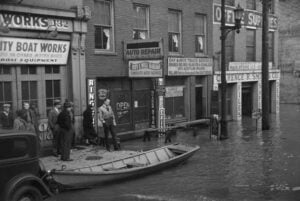The Orphan Trains
Between 1854 and 1929, up to 200,000 children were sent away on trains to be adopted by new families.

exc-5ca10b5e9140b7ccd7c2d0a3
Between 1854 and 1929, up to 200,000 children were sent away on trains to be adopted by new families.
In 1850, there were an estimated 10,000 to 30,000 homeless children in New York. Other eastern cities like Boston didn’t fair any better.
Beginning of the orphan trains
Orphans were abandoned by their families from illness and addiction. In cities, they banded together forming gangs for protection where they patrolled the cities selling newspapers and matches.
In 1853, a minister named Charles Brace founded the Children’s Aid Society. He was worried about the hordes of orphans that he called “Street Arabs.” Initially, he offered them religious guidance and board. Later, he proposed the idea of sending the orphans out west to be adopted by new families. Farmers needed extra farm hands and food and space were plentiful out west. Plus Brace, thought the children would have a better chance at a moral upbringing.
Orphan train flyer.
By 1854, a group of 45 children arrived in Dowagiac, Michigan after an arduous journey by train. The supervisor pointed out to the citizens of Dowagiac that the children would make excellent servants.
Orphan trains gain popularity
The popularity of orphan trains increased. Children arrived at train stations and were inspected by potential adopters. Some were separated from their siblings. “their skinny muscles were being poked and squeezed on the station platforms before they were taken in by families who wanted little more than farm hands and showed them little affection.” – Marguerite Thomson, a former orphan.
Locals often looked down upon the children as being the offspring of drunkards, and classmates taunted them as being “train children.”
It should also be noted, not all of the children were orphans. Some were forcibly removed from their immigrant families.
By the 1920s, the popularity of orphan trains declined with proper care for orphans in larger cities. But the impact of the orphan trains lives on, with many survivors plagued or redeemed by their orphan train experiences.
For more info visit https://orphantraindepot.org/




